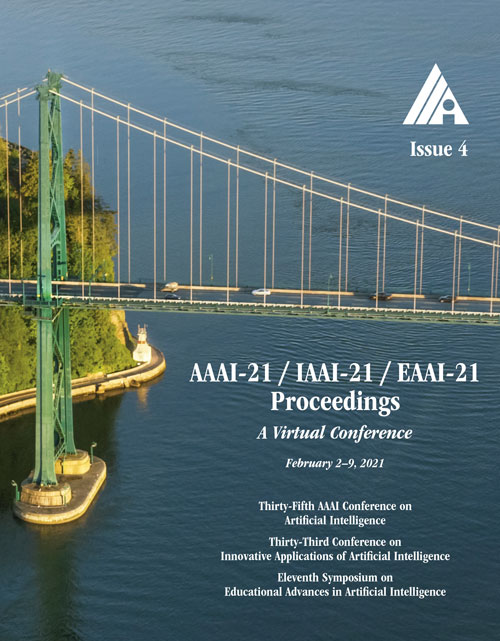Universal Adversarial Perturbations Through the Lens of Deep Steganography: Towards a Fourier Perspective
DOI:
https://doi.org/10.1609/aaai.v35i4.16441Keywords:
Adversarial Attacks & RobustnessAbstract
The booming interest in adversarial attacks stems from a misalignment between human vision and a deep neural network (DNN), \ie~a human imperceptible perturbation fools the DNN. Moreover, a single perturbation, often called universal adversarial perturbation (UAP), can be generated to fool the DNN for most images. A similar misalignment phenomenon has also been observed in the deep steganography task, where a decoder network can retrieve a secret image back from a slightly perturbed cover image. We attempt explaining the success of both in a unified manner from the Fourier perspective. We perform task-specific and joint analysis and reveal that (a) frequency is a key factor that influences their performance based on the proposed entropy metric for quantifying the frequency distribution; (b) their success can be attributed to a DNN being highly sensitive to high-frequency content. We also perform feature layer analysis for providing deep insight on model generalization and robustness. Additionally, we propose two new variants of universal perturbations: (1) high-pass UAP (HP-UAP) being less visible to the human eye; (2) Universal Secret Adversarial Perturbation (USAP) that simultaneously achieves attack and hiding.Downloads
Published
2021-05-18
How to Cite
Zhang, C., Benz, P., Karjauv, A., & Kweon, I. S. (2021). Universal Adversarial Perturbations Through the Lens of Deep Steganography: Towards a Fourier Perspective. Proceedings of the AAAI Conference on Artificial Intelligence, 35(4), 3296-3304. https://doi.org/10.1609/aaai.v35i4.16441
Issue
Section
AAAI Technical Track on Computer Vision III

